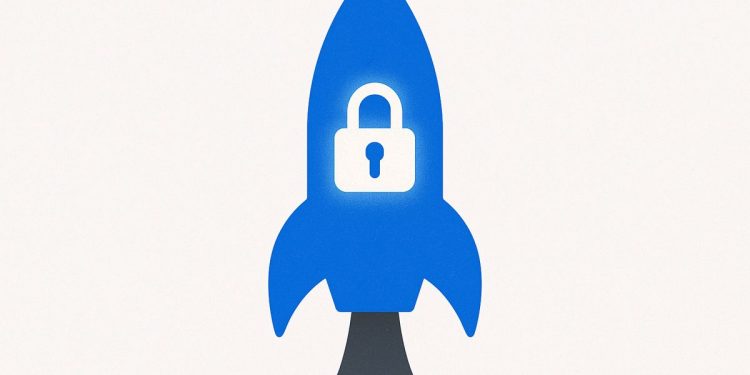Lockheed Martin is integrating Google’s generative AI tools into its core aerospace operations, a strategic partnership with Google Public Sector designed to accelerate critical defense programs. This initiative, operating within secure, air-gapped environments, aims to drastically reduce engineering and data analysis timelines from weeks to mere hours.
The collaboration serves as a crucial test bed for evaluating AI safety and workforce readiness in high-stakes missions, spanning everything from deep space exploration to vital national security logistics.
Early rollout and secure design
Lockheed Martin is deploying Google’s Gemini and Vertex AI models into its on-premise AI Factory. The rollout follows a phased approach, beginning with unclassified workloads before advancing to higher-security domains once key performance, safety, and resiliency benchmarks are rigorously validated and met.
The rollout, which began in late 2024, involves integrating Google’s advanced AI into Lockheed Martin’s on-premise AI Factory. An ExecutiveBiz report confirms engineers are now using multimodal models to analyze complex data like satellite imagery and telemetry inside secure networks. John Clark, SVP for Technology and Strategic Innovation, stated the partnership allows teams to “stay ahead of the curve” on developing next-generation flight systems, a sentiment echoed in Google’s press release detailing the joint initiative.
Key Applications and Performance Gains
Within the AI Factory, generative models are targeting critical bottlenecks with significant results:
- Predictive Maintenance: Models identify potential subsystem failures up to 30 days sooner than traditional analytics.
- Design Optimization: Composite material simulation time has been slashed from 72 hours to just 6.
- Supply Chain Management: AI planners process 1.2 million parts records nightly to proactively reroute components and mitigate supplier risks.
Initial pilot metrics from December 2024 to June 2025 already demonstrate a 42% reduction in cycle time for digital thread reviews across three major aircraft programs.
Navigating Regulatory and Safety Standards
Deploying AI in flight-critical systems requires strict adherence to new regulatory frameworks. The partnership is aligning its processes with the Federal Aviation Administration’s (FAA) 2024 Roadmap for Artificial Intelligence Safety Assurance, which mandates continuous monitoring and risk-based evaluations. To ensure compliance, Lockheed’s engineers have integrated their testing protocols with the NIST AI RMF and ISO-IEC 23894 standards. This enables traceable model versioning and automated bias checks. Furthermore, internal ethics councils are actively vetting training data to address cybersecurity and data integrity concerns mentioned in recent academic studies.
Workforce Empowerment and Future Roadmap
To prepare its workforce, Lockheed Martin has launched the internal Astris AI academy, training over 4,000 employees in prompt engineering and AI safety since December 2024. According to Greg Forrest, VP for AI Foundations, the most significant productivity gains are achieved when domain experts are empowered to create their own AI prompts.
Looking to 2026, the partnership aims to secure classified accreditation to expand the AI’s application into space-based autonomous systems and resilient satellite networks. A successful implementation could establish a new industry standard for deploying commercial AI tools within highly secure DoD Impact Level 6 environments.


















